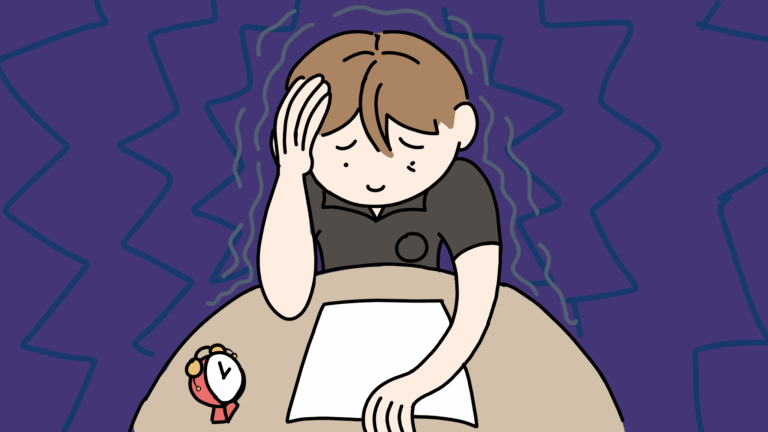Did you know that enough plastic is thrown away each year to circle the Earth four times?
The Environmental Health News, an organization dedicated to reporting on environmental topics, reports on their website that “next year, more than 300 million tons will be produced worldwide. The amount of plastic manufactured in the first ten years of this century will approach the total produced in the entire last century.”
In an effort to reduce plastic trash on Oahu, the Department of Environmental Services will ban businesses from providing “plastic checkout bags and non-recyclable paper bags to their customers at the point of sale for the purpose of transporting groceries or other merchandise” effective July 2015.
Over the past few years, cities in states like Alaska, California, Colorado, Connecticut, Illinois, Iowa, Maine, Maryland, Massachusetts, New Mexico, New York, North Carolina, Oregon, Rhode Island, Texas, and Washington have been banning bags as well. The idea is to force consumers into using reusable or recyclable bags and therefore decrease their plastic footprint. In Hawaii, Kauai, Maui, and The Big Island have already banned plastic bags.
“The ban is a necessary step in the right direction in decreasing our plastic dependence and volume of non-biodegradable waste.”
Science Teacher Claire Mitchell
History teacher Robert Fusato said, “I’m from Maui so we’ve had this plastic bag ban for a long time. It’s definitely improved the amount of litter. The ban’s been there for about a year and a half.”
History teacher Lynne Nakano added, “I think (the government) took a risk in terms of it affecting such a large number of people. There will be a lot of people unhappy. But I kind of admire that they took a risk like that because it probably is way better for the environment.”
As the government finds ways to reduce the country’s environmental footprint, the question of how best to dispose of waste does not have easy answers. Everyone’s heard about the landfill scare: The space in our waste landfills is decreasing rapidly. Unless the government continuously designates new landfill areas, there will soon be no space left to dump the 250 tons of waste Americans produce each year. As it is, the ocean is already filled with micro (microscopic) and macro (visible) plastics.
Science teacher and Environmental Club adviser Claire Mitchell said, “The ban is a necessary step in the right direction in decreasing our plastic dependence and volume of non-biodegradable waste. It is a small step to be sure, but it is something that we can all do fairly easily and will likely have a significant impact if we all do our part.”
According to The Guardian, there are 268,940 tons of plastic particles in the ocean. In fact, there’s a giant collection of microplastic and other wastes in the Pacific Ocean called the Great Pacific Garbage Patch. Due to the way currents and winds move, this patch has sat in the Pacific for several decades. This garbage gyre is primarily composed of microscopic particles of plastic, making it hard to clean up and measure. These particles are harmful to marine animals, as it destroys their habitat and pollutes the water. According to Dianna Parker from the National Oceanic And Atmospheric Administration (NOAA) Marine Debris Program, “We know that there are micro plastics in the ocean. We know that birds and fish and even some larger marine mammals eat these plastics. We know there are chemicals in the plastics and we know that the chemicals can absorb other toxic chemicals that are floating around in the ocean. So now the big question is, what are those plastics doing to the animals that eat them.”
there are 268,940 tons of plastic particles in the ocean.
With the ever-growing mass production of plastics, the issue of marine and terrestrial conservation is even more crucial. While it’s true that there are several other major sources of waste, plastic bags prove to be one of the biggest contributors. Plastic bags are widely used in businesses, making it hard to replace. According to The Earth Policy Institute, “Currently 100 billion plastic bags pass through the hands of U.S. consumers every year—almost one bag per person each day. Laid end-to-end, they could circle the equator 1,330 times.”
Reducing people’s everyday reliance on plastics is just one step towards decreasing its negative environmental effects. While banning plastic bags won’t completely solve the landfill waste and ocean pollution problems, it can point out to people that it’s possible to rely on non-plastics for everyday needs.
Mitchell said, “I would imagine (the ban) will pose some difficulties for the markets and possibly require some additional costs during the transitional phase. It will also likely take some getting used to for the community and may cause grumbling if they need to pay extra for bags. As with any major change, there are pros and cons but hopefully the ratio favors the pro side and that, eventually, it will just be part of the routine.”
In less than three months, Oahu residents will have to begin the process of adjusting to using reusable bags. Fusato said, “I will be constantly forgetting to bring my own bags and walking around with arms full of groceries. But other than that…it’s not really going to be a life changing event. I think it’s the right decision.”







